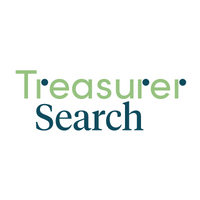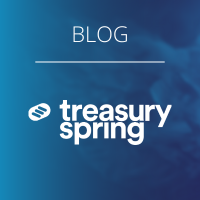Hedging (why do it in a first place):
Hedging often gets labeled as unnecessary, with some thinking it’s just a gamble.
The real purpose of hedging isn’t about winning or losing, it’s about managing risk where the expected return is zero and the outcome is uncertain.
In business, you must take risks where you have control and the potential for positive returns, and hedging helps protect you from the bad risks that could harm your success.
International operations, pricing currency, and FX implications
If you’re pricing your products in your local currency, like USD, and have a global sales presence, you might think you’re shielded from FX risk.
However, you could be passing that risk onto your customers and missing out on better terms or pricing.
Alternatively, pricing in your customer’s currency and managing FX risk through a solid hedging program can help you stay competitive without constantly adjusting prices.
Metrics for the effectiveness of collections
DSO is often misleading when measuring the effectiveness of collections, as it’s influenced by factors like sales seasonality rather than just collection efforts.
Instead, you might consider using ratios like AR past due or weighted averages to get a clearer picture of overdue amounts and the performance of your collections team.
Ultimately, a combination of metrics is needed to truly assess collection effectiveness and maintain a balance between working capital and the P&L.
Steps towards efficient cash management
Managing cash efficiently is essential, especially in a high-interest rate environment where the opportunity cost of idle cash rises.
Focus on three key areas: streamline processes to move cash efficiently, involve cross-functional teams like accounting and tax in decision-making, and use treasury management systems for better visibility and execution.
By aligning these elements, you can ensure your cash is working as hard as possible for your business.













